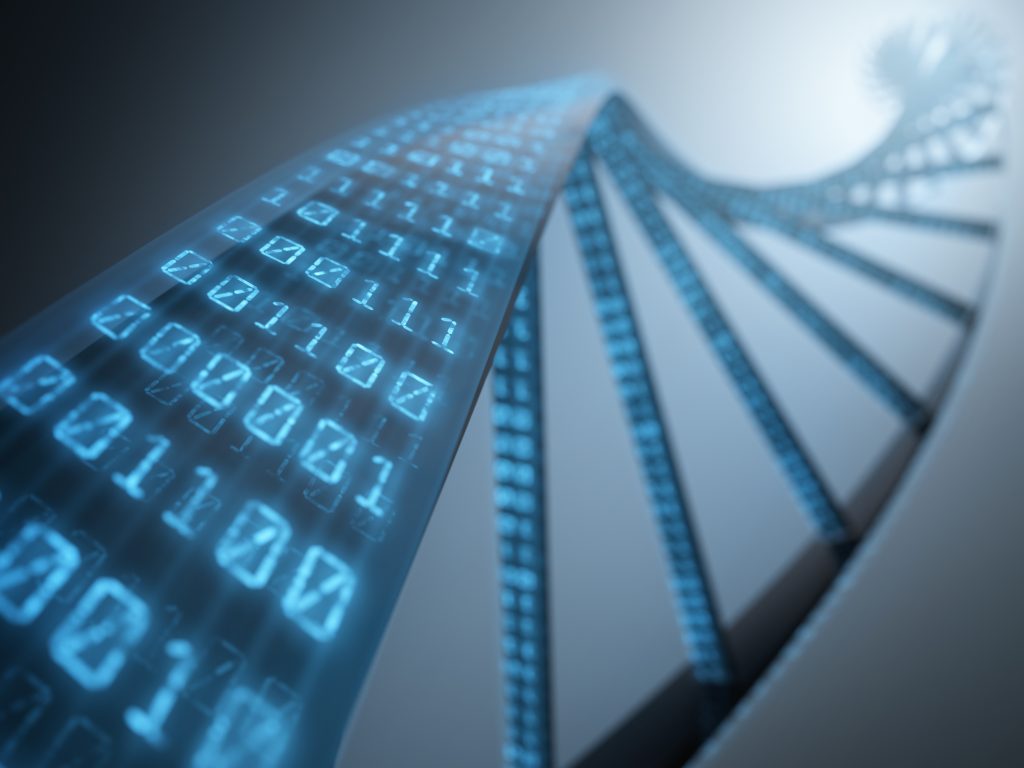Profiling extrachromosomal circular DNAs

A new sequencing method sheds light on the diversity and complexity of extrachromosomal circular DNAs (eccDNAs) in single cells.
The human genome is packed into filamentous protein-coated structures – called chromosomes – within the cell nucleus. Extrachromosomal circular DNA (eccDNA) derives from chromosomal DNA and was first identified in the early 60s in the nuclei of cancer cells. eccDNA varies in size (from 50 up to thousands of base pairs) and encodes for regulatory elements and oncogenes. Several studies suggested eccDNAs may play a role in gene amplification in cancer, ageing and immunity. However, their cellular functions are not fully understood. To date, diverse approaches for identifying eccDNAs have been developed based on DNA fluorescence in situ hybridization, bulk whole genome sequencing and deep sequencing (Circle-Seq). While these approaches have been successfully used to detect eccDNAs from several cells and tissues, they also have drawbacks because they require a large amount of sample and are unable to identify low copy eccDNAs. In addition, these methods do not provide information on the diversity and complexity of eccDNAs present in a single cell.
Researchers Nicola Crosetto and Magda Bienko at the Human Technopole Genomics Research Centre and colleagues from the Karolinska Institutet and Science for Life Laboratory (Sweden) developed a new method for single-cell profiling of eccDNAs. The new technique named scCircle-seq is an adaptation of the Circle-Seq method and allows analysing eccDNAs in live and fixed single cells and isolated nuclei from cells and tumour biopsies. The research is now published in Nature Communications.
Using scCircle-seq in normal and cancer cell lines, the researchers found that the eccDNA content can vary within cells of the same type and that specific sets of eccDNAs identify a given cell type. Next, they discovered that eccDNAs preferentially arise from DNA regions enriched in tri-methylated H3-type histones (H3K9me3 and H3K27me3) and are induced during DNA replication stress and cell division. Intriguingly, Crosetto and colleagues found no correlation between eccDNA copy number and the expression of the genes that they encode. Analysis of prostate and breast cancer samples revealed the existence of tumour-specific eccDNA populations.
In summary, Crosetto and Bienko show that scCircle-seq is useful to profile eccDNA from different sources at the single-cell level. scCircle-seq can be scaled up and does not require intermediate DNA purification steps, thus reducing the risk of losing low-abundant eccDNA.
“scCircle-seq can be used to explore the diversity of eccDNAs in different cell and tissue types, contributing to understanding the origin and functional implications of this fascinating form of genetic information transfer. We anticipate that future applications of scCircle-seq to large cohorts of tumour samples will further expand our knowledge on the heterogeneity of cancer genomes and pave the way to using eccDNAs in cancer diagnostics”, the authors say.




